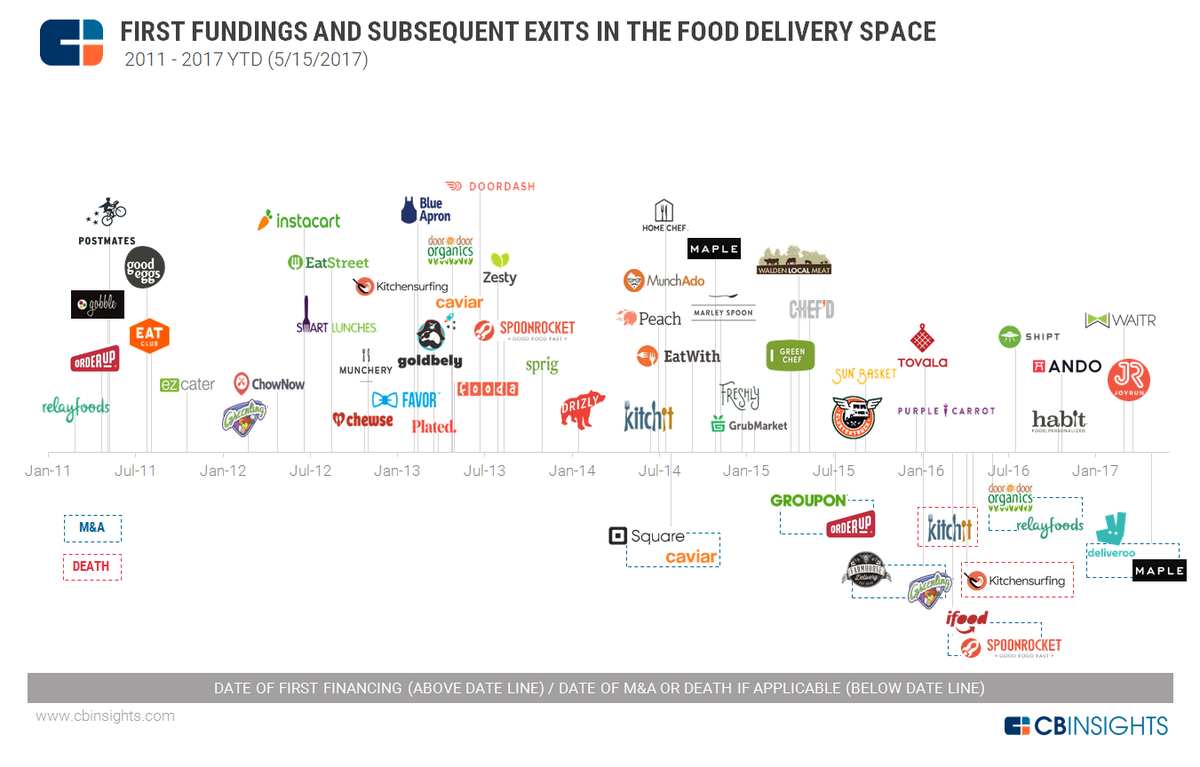Willy Street Co-op Thinks Small To Get Big Results

Everybody eats. A brief look at our nation’s Instagram feeds or BMI averages quickly confirms that Americans eat far more often than necessity requires. We don’t just eat to live in this country — we live to eat, and also to photograph the things we are eating in order to upload them to the world.
In light of all that food-related enthusiasm, one might assume that selling food would be among the easier gigs out there, and, broadly speaking, that is true. You can count on human beings to buy some kind of sustenance, and American humans to buy a lot of it.
But where people want to buy their food is a wholly different issue. Not to mention how they want to buy it, who they want to prepare it and what ingredients they specifically want/hate and when they want to eat it. Consumers have many strongly felt preferences when it comes to what they physically consume. They also have habits that are hard to overcome. Anyone who has ever drawn a blank on a Wednesday dinner and defaulted to a favorite knows that, when it doubt, people eat what they know.
Which adds up to a situation for food-related retailers looking to enter into the world of buying and selling sustenance. New restaurants fail more than 90 percent of the time. Food products do marginally better but find that it is almost impossible to scrounge up investment dollars and delivery services — and, though popular with investors, food products have proven extremely difficult to build profitably to scale (as the image below demonstrates).

All of this leads to something of an odd mismatch in the grocery marketplace. Social media accounts strongly indicate that consumers are on a constant hunt for newer, fresher and more unique dining experiences — but it is almost impossible for culinary innovators to make it into the marketplace.
Enter Willy Street Co-op — a small retailer in Wisconsin perhaps making a big step toward bridging the gap between what customers want and what the grocery marketplace supports.
“One of the biggest requests we see from customers is for more local options,” said Angela Pohlman, part of the grocery co-op’s purchasing team. “But often local vendors are very small companies that are newer to selling to retail stores and can face a lot of challenges getting into the market. It might be their packaging, prices or telling their story.”
Willy Street Co-op itself is pretty small — with only three locations to call their own in Madison, Wisconsin — but what they lack in size they make up for in dedicated consumers, who they want to satisfy by giving them the thing their larger more nationally sized rivals find it much hard to deliver: a truly local experience.
Customers want that, Angela Pohlman noted, but they don’t want only that; consumers paying more for groceries are also looking for better quality — an issue having to do with consistency, which small, hyper-local food production oftentimes faces.
The concept, she said, is often solid, but the presentation is not quite ready for prime time. The team realized that a lot of these brands were in the right neighborhood and didn’t need to be shut out of the market — they just needed better guidance into it.
“We realized what we needed to do was to devote time and physical and mental space to focus on small companies,” Pohlman added. “That was the impetus for our Retail Ready Lab — a structured way to work directly with local vendors to get their product in the door.”
Retail Ready is a fairly simple, “getting-to-know-you” exercise for vendors. Once a month, a curated handful are invited to display their products, offer demos and integrate their “story” into the general fold of the grocery co-op media and social media presence.
“Most importantly, we will gather feedback from customers and staff to help the vendor improve. If the feedback we receive is great and sales are what we’d like to see, we’ll bring the vendor’s products into our stores. If the feedback has some actionable steps the vendor can take, we’ll give the vendor that feedback,” Pohlman said.
Willy Street Co-op may seem like an unlikely source of general retail knowledge — being a three-location grocery co-op in a world where traditional giants like Ahold and Kroger are slugging it out with Walmart and Amazon for dominance. What room is there for thinking small in a world that has grown so very large?
The good news is that Willy Street Co-op — and the local brands they represent and are trying to usher onto a wider stage — don’t need to compete with the big boys for every dollar of grocery spend on Earth, just the ones in Madison, Wisconsin. To do that, they believe the best way to think is small: to create the deeply connected local experiences they are uniquely tailored to deliver.
It’s a different approach, but in a world where every player can’t be huge, some are going to have to get creative.